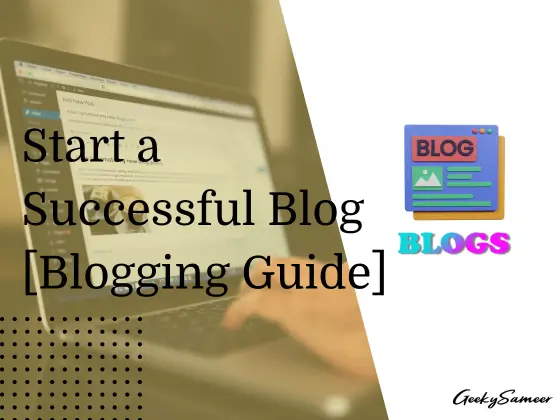Starting a blog in 2023 offers an exciting opportunity to express yourself, share your expertise, and potentially earn a passive income. Blogging has evolved into a popular medium for individuals and businesses alike to communicate and engage with their audiences.
In this guide, we will take you through the step-by-step process of starting your own blog and setting yourself up for success in blogging in 2023.
1. Introduction

As we step further into the digital age, the power of online platforms continues to grow, and blogging remains a key way of connecting with audiences worldwide.
Whether you’re an individual with a unique perspective, a business looking to build brand awareness, or simply someone with a story to tell, starting a blog can open up new opportunities and experiences.
But how do you start a blog in 2023? What are the new trends, tools, and techniques that can set your blog apart in a saturated online world? This comprehensive guide will walk you through the process of starting a blog in 2023, from choosing your niche to optimizing for SEO and everything in between.
It’s time to turn your ideas into posts and join the vibrant, ever-evolving world of blogging.
2. Choosing a Niche
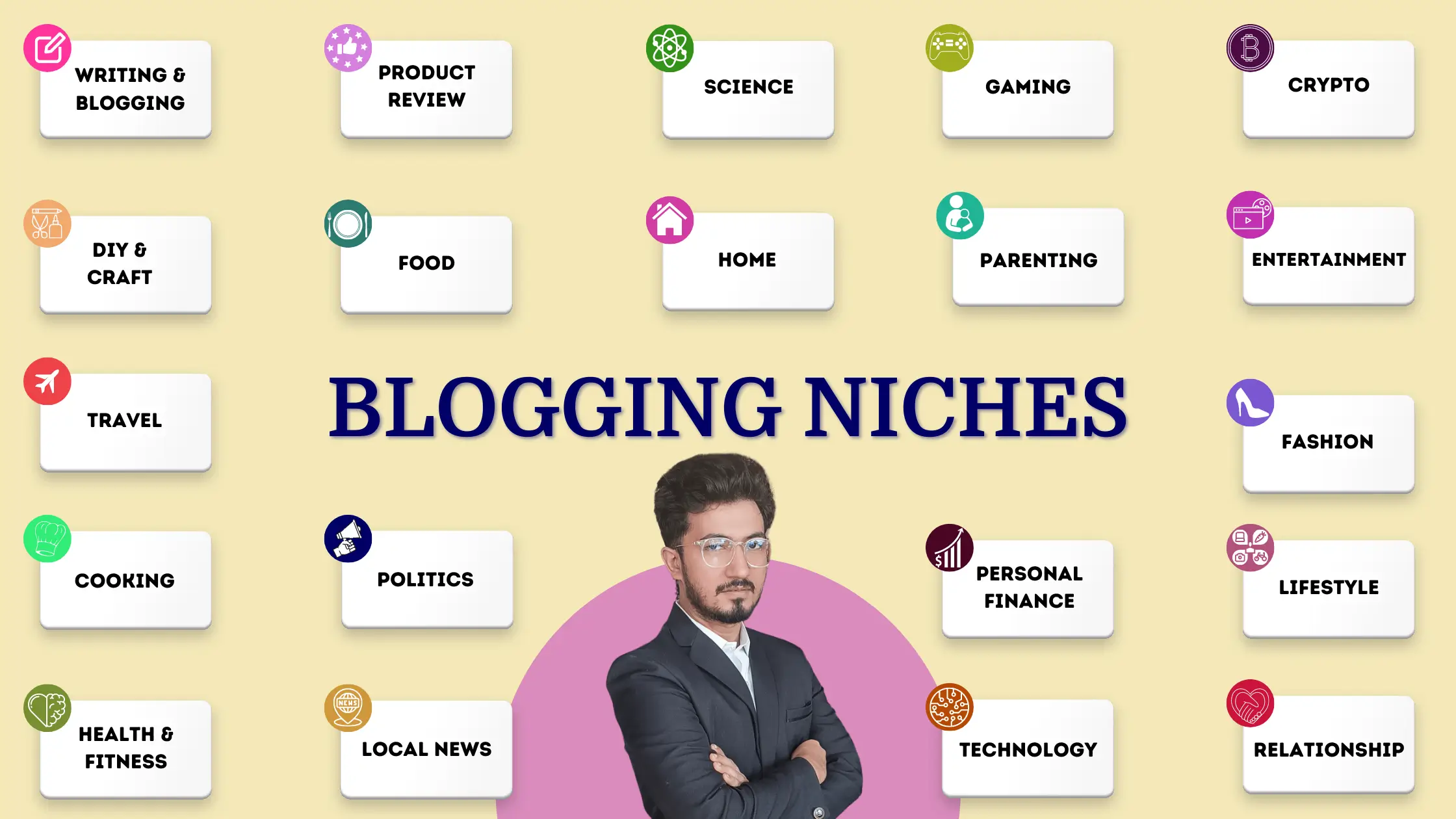
The first crucial step in creating your blog is choosing the right niche. Your niche is essentially the topic or area of interest that your blog will focus on. It’s important to select a niche that you’re not only passionate about but also one that has a decent audience base. Here are some key considerations for choosing a niche:
- Passion and Knowledge: Choose a topic you’re passionate about and have a good understanding of. Your passion will keep you motivated to continually create content, and your knowledge will help you provide value to your readers.
- Audience Potential: Use keyword research tools to identify topics that people are actively searching for online. A niche with a high search volume indicates a large audience base, which could translate into more blog visitors.
- Competition: While a popular niche is good, it can also mean high competition. Analyze the existing blogs in your potential niche to assess the competition. Sometimes, a sub-niche within a popular category can offer a sweet spot of high interest and lower competition.
- Monetization Potential: If you’re planning to monetize your blog, consider the commercial potential of your niche. Are there products or services you could promote as an affiliate? Are companies willing to pay for ad space in this niche?
Remember, choosing a niche is about finding the balance between your interests and what the market demands. Once you have chosen your niche, it will guide the content you produce, how you market your blog, and how you interact with your readers.
3. Setting Up Your Blog
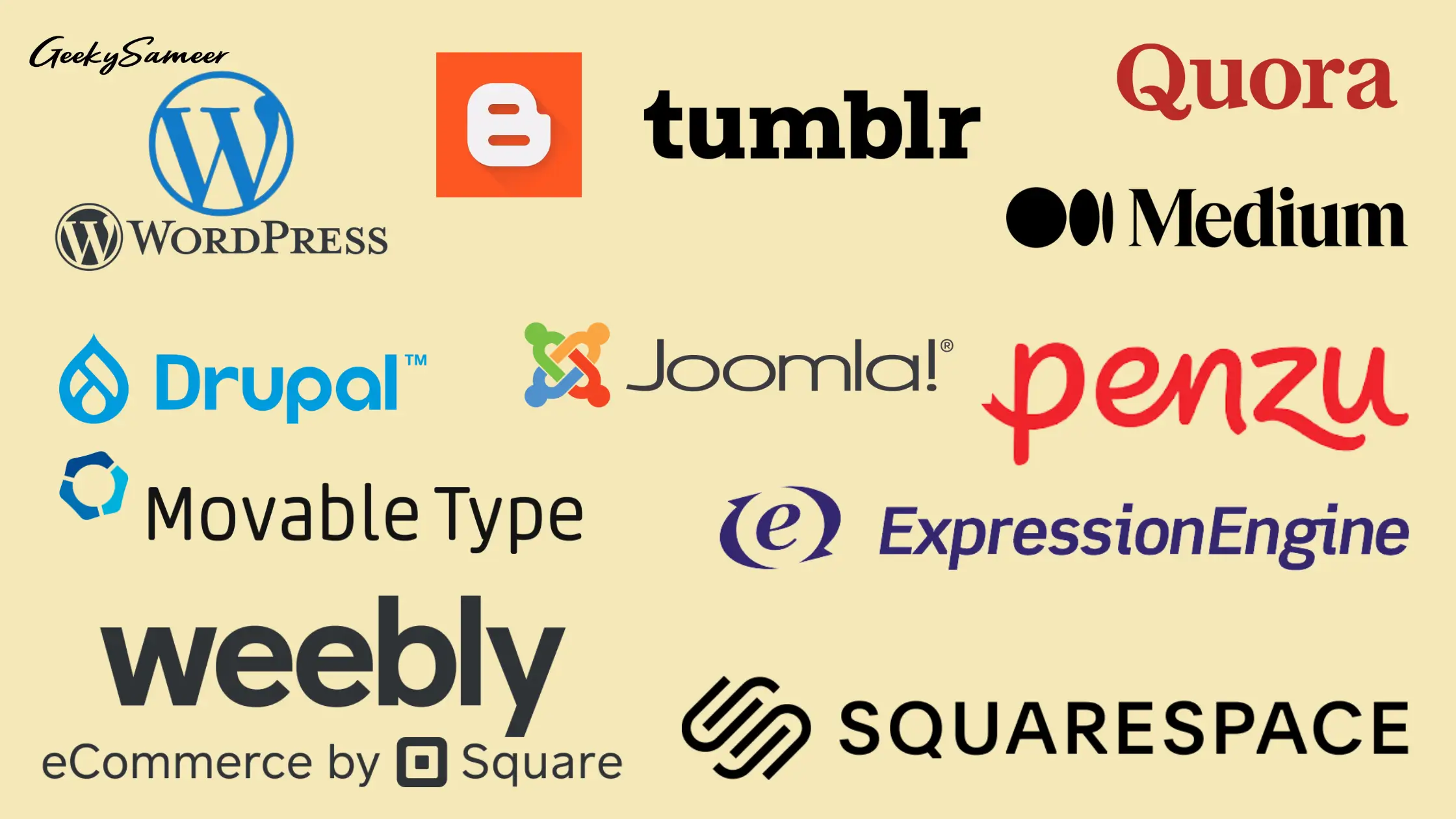
Once you’ve chosen your niche, the next step is to set up your blog. This process involves several key decisions and steps, and we’ll walk you through each one to make the process as smooth as possible.
- Select a Domain Name: Your domain name is your blog’s address on the web. It should be easy to remember, related to your niche, and as short as possible. Use a domain name registrar to purchase your chosen domain. Namecheap is much cheaper than other availble in market.
- Choose a Blogging Platform: There are many platforms to choose from, including WordPress, Blogger, and Medium. Each has its strengths and weaknesses, so research each option and choose the one that best suits your needs. WordPress is highly customizable and widely used, but it can be a bit more complex for beginners.
- Choose a Web Hosting Provider: Your host is where your blog ‘lives’ online. Look for a hosting provider that offers good performance, strong security, excellent customer service, and a price that fits your budget. You can start with Bluehost hosting (plan starts from 3$) or Cloudways (Premium but costly).
- Design Your Blog: Most blogging platforms offer a range of themes or templates that you can customize to suit your style. You can also hire a web designer if you want a unique look. Make sure your design is clean, easy to navigate, and mobile-friendly.
- Install Essential Plugins: If you’re using a platform like WordPress, there are many plugins available that can add additional features and functionality to your blog. Consider installing plugins for SEO, social media integration, and website speed.
- Create Essential Pages: At a minimum, your blog should have a Home page, an About page, a Contact page, and a Blog page to display your posts.
- Plan Your Content Strategy: Before you start posting, plan out your content strategy. What topics will you cover? How often will you post? Who is your target audience and what are they interested in?
Remember, setting up your blog is just the first step. The real work begins with creating engaging, high-quality content that your audience will love.
Summary: To start your blogging journey, you’ll need to select a domain name and a reliable hosting provider. Your domain name should reflect your blog’s niche and be memorable for your audience. Once you have a domain, you can install a content management system (CMS) like WordPress, which offers a user-friendly interface and a wide range of customizable themes. Customizing the design and layout of your blog will help create a visually appealing and cohesive brand image.
4. Creating Compelling Content

Content is the heart of your blog. It’s what attracts readers, keeps them coming back, and encourages them to share your blog with others. Here’s how to create compelling content for your blog:
- Understand Your Audience: Know who your target audience is and what they’re interested in. Use tools like Google Analytics to gain insights into your audience’s demographics and interests.
- Create Engaging Headlines: Your headline is the first thing people see, so make it count. It should be intriguing, provide a glimpse of what the blog post is about, and include your target keywords.
- Write High-Quality Content: Your content should be well-researched, accurate, and valuable to your audience. Use a conversational tone to engage your readers and break up your content into short paragraphs to make it easier to read. Learn how to make a perfect blog post.
- Include Visuals: Images, infographics, videos, and other visual content can make your blog post more engaging and easier to digest. You can use Canva for free.
- Use SEO Best Practices: Incorporate keywords naturally throughout your content, use meta tags, and create SEO-friendly URLs. This will help your blog posts rank higher in search engine results.
- Encourage Interaction: End your blog posts with a question or call-to-action to encourage comments and shares. Respond to comments to foster a sense of community.
- Consistency is Key: Decide on a posting schedule and stick to it. Consistent posting not only keeps your readers engaged but also helps with SEO.
Remember, creating compelling content takes time and effort, but it’s worth it. When your readers find value in your content, they’ll keep coming back for more and even become ambassadors for your blog, sharing your content with others.
5. Optimizing for SEO
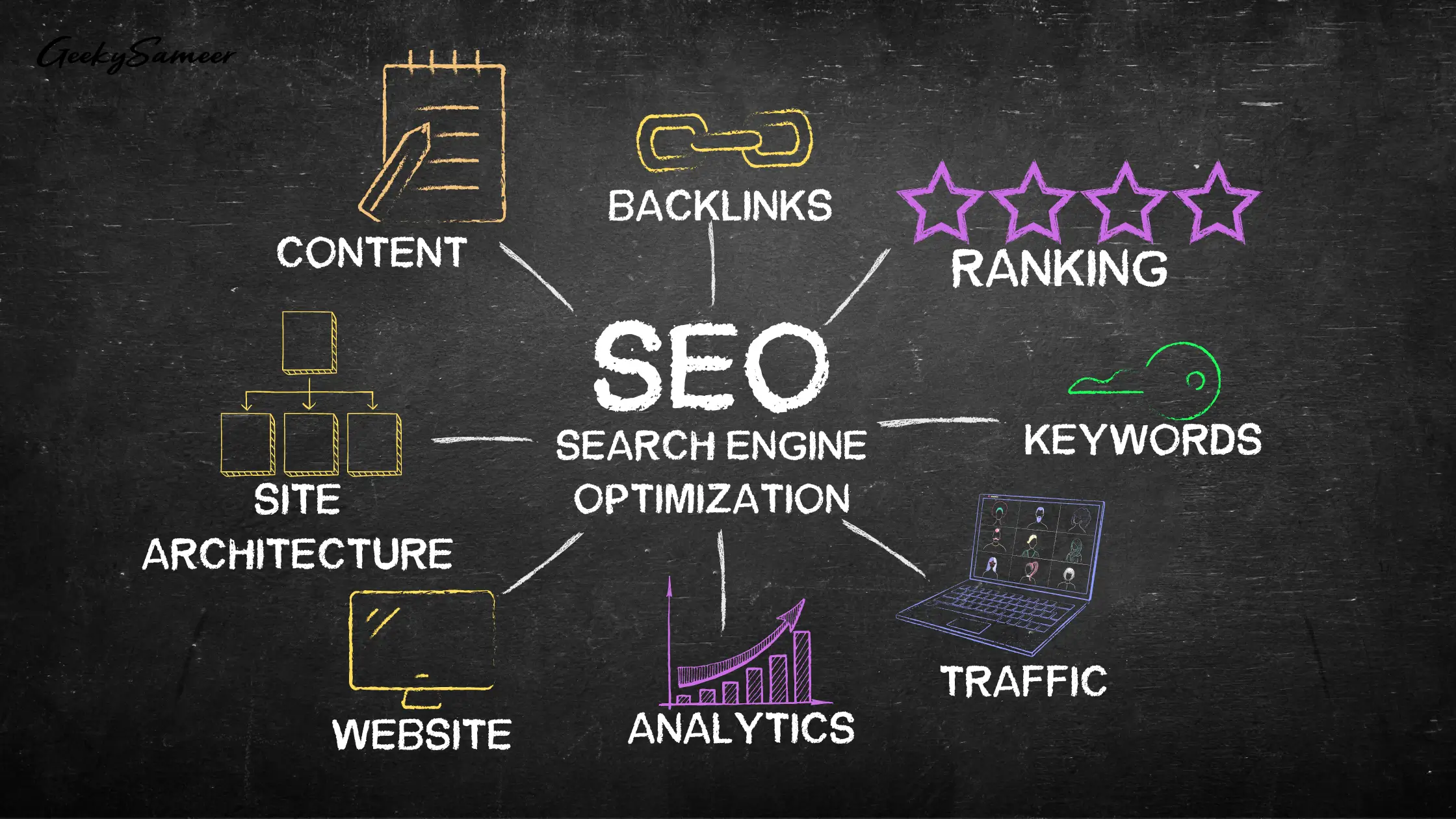
Search Engine Optimization (SEO) is a crucial component of blogging. It helps increase your blog’s visibility on search engines, leading to more organic traffic. Here’s how to optimize your blog for SEO:
- Keyword Research: Identify the keywords your target audience uses when searching for content in your niche. These are the words and phrases you want to rank for. Tools like Google’s Keyword Planner can help with this.
- On-Page SEO: Incorporate your keywords naturally throughout your blog posts. This includes the title, headers, body text, URL, and meta description. However, avoid keyword stuffing as search engines may penalize this.
- Use of Images: Images can enhance your SEO when used correctly. Include your keywords in the file name and alt text of your images.
- Link Building: Inbound links from reputable websites can boost your blog’s SEO. This involves creating high-quality content that others want to link to and reaching out to other bloggers or websites for guest posting opportunities.
- Website Speed: Fast-loading websites rank better in search engine results. Optimize your website’s speed by minimizing the size of images and using a good hosting provider.
- Mobile Optimization: Ensure your blog is mobile-friendly, as search engines like Google prioritize mobile-friendly websites in their rankings.
- Use SEO Tools: Tools like RankMath (for WordPress) can guide you through the process of optimizing your blog posts for SEO.
By investing time and effort into SEO, you can increase your blog’s visibility, attract more organic traffic, and stand out in a crowded blogosphere. You can start learning SEO from Moz’s SEO Guide for SEO
6. Promoting Your Blog

Once you’ve set up your blog and started creating compelling, SEO-optimized content, the next step is to promote your blog. Promoting your blog helps you reach a wider audience, attract more visitors, and increase engagement. Here’s how you can effectively promote your blog:
- Social Media: Share your blog posts on social media platforms like Facebook, Twitter, Instagram, LinkedIn, and Pinterest. Tailor your message to each platform for the best results.
- Email Marketing: Build an email list and send out newsletters to keep your readers updated on new posts and any important news. Offering a freebie, like an e-book or a discount, can entice people to sign up.
- Guest Posting: Write posts for other blogs in your niche. This can expose your blog to a new audience and help with link-building for SEO.
- Collaborations and Partnerships: Partner with other bloggers or influencers in your niche for giveaways, blog swaps, or other collaborations.
- SEO: As mentioned before, good SEO practices will help your blog appear in search engine results, attracting organic traffic.
- Paid Advertising: If your budget allows, consider using paid advertising on platforms like Google Ads or social media sites to reach a larger audience.
- Engage with Your Readers: Respond to comments on your blog and social media posts. Engaging with your readers can turn them into loyal followers and brand advocates.
Promoting your blog is an ongoing task, but by using a mix of strategies, you can increase your blog’s visibility, reach more people, and grow your audience.
7. Monetizing Your Blog
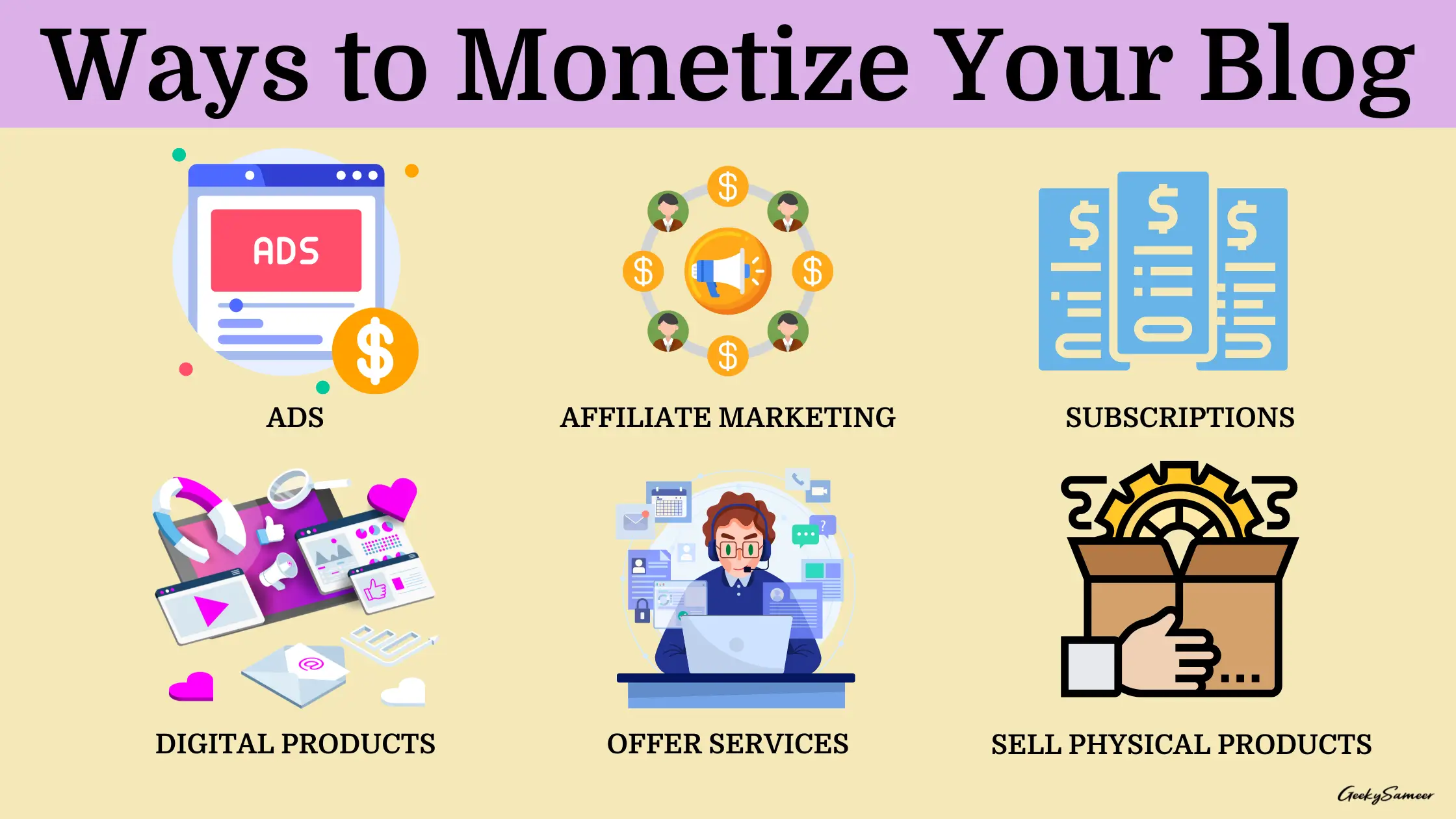
After you’ve established your blog and built up a steady stream of traffic, you may start thinking about how to monetize your blog. Monetization can turn your passion into a source of income. Here’s how you can monetize your blog:
- Advertising: One of the most common ways to monetize a blog is through advertising. You can use a service like Google AdSense, which will display relevant ads on your blog and pay you when visitors click on them.
- Affiliate Marketing: This involves promoting products or services from other companies and earning a commission for any sales made through your affiliate links.
- Sponsored Posts: Once your blog gains popularity, companies may pay you to write posts promoting their products or services.
- Sell Products or Services: If you have something to offer, you can sell products (like e-books, physical goods) or services (like consulting, freelance writing) directly through your blog.
- Paid Memberships or Subscriptions: If you consistently offer high-value content, you might consider offering paid memberships or subscriptions for access to exclusive content.
- Online Courses or Webinars: If you’re an expert in your niche, you could create and sell online courses or host paid webinars.
- Donations: If your readers really value what you do, they might be willing to support you with donations. You can use a platform like Patreon to facilitate this.
Remember, monetizing your blog should never come at the expense of providing valuable content to your readers. Always prioritize your readers’ needs and interests, and any monetization should feel like a natural extension of your blog.
8. Engaging with Your Audience
Engaging with your audience is a vital part of blogging. It builds relationships with your readers, increases loyalty, and creates a community around your blog. Here’s how you can engage with your audience:
- Respond to Comments: Always take the time to respond to comments on your blog posts. It shows your readers that you value their opinions and are interested in what they have to say.
- Use Social Media: Social media platforms are great for interacting with your readers. Share your posts, ask questions, and respond to comments to keep the conversation going.
- Host Giveaways or Contests: Hosting giveaways or contests can increase engagement and make your readers feel appreciated.
- Create Interactive Content: Quizzes, polls, and interactive infographics can make your content more engaging and encourage your readers to interact with your posts.
- Ask for Feedback: Encourage your readers to give feedback on your posts. It can provide valuable insights into what they enjoy and what they’d like to see more of.
- Email Newsletters: Personalized email newsletters can help you connect with your readers on a deeper level. Include a personal message, behind-the-scenes content, or exclusive offers.
- Webinars or Live Streams: Hosting webinars or live streams gives you a chance to interact with your audience in real time, answer their questions, and provide valuable content.
Remember, engaging with your audience is about building a community. It’s not just about increasing numbers, but also about fostering relationships and creating an environment where your readers feel valued and heard.
9. Analyzing and Improving

Running a successful blog doesn’t stop at creating and promoting content. It’s important to continuously analyze your blog’s performance and make improvements based on your findings. Here’s how you can analyze and improve your blog:
- Use Analytics Tools: Tools like Google Analytics can provide valuable data about your blog’s performance, such as which posts are most popular, where your traffic is coming from, and what demographics make up your audience.
- Track SEO Performance: Tools like Google Search Console can help you understand how your blog is performing in search engine results, what keywords are driving traffic, and if there are any technical issues to address.
- Conduct Surveys or Polls: Ask your readers for feedback on your content, what they’d like to see more of, and any areas they think could be improved.
- Test Different Strategies: Try out different content formats, promotion strategies, or monetization methods to see what works best for your blog.
- Keep Up with Industry Trends: Stay informed about the latest trends in blogging and your specific niche. This can help you keep your content fresh and relevant.
- Invest in Learning and Development: Attend webinars, take courses, or read up on blogging best practices to continually improve your skills and knowledge.
- Network with Other Bloggers: Connect with other bloggers in your niche. You can learn from their experiences and gain new ideas for improving your blog.
Remember, improving your blog is an ongoing process. The more you learn and adapt, the more your blog will grow and succeed.
10. Overcoming Challenges and Staying Motivated
Blogging is a rewarding endeavor, but it can also come with its fair share of challenges. Maintaining motivation can sometimes be difficult, especially when progress seems slow or obstacles arise. Here are some strategies for overcoming challenges and staying motivated on your blogging journey:
- Set Clear Goals: Having clear, achievable goals for your blog can give you a sense of direction and a measure of progress. Whether it’s reaching a certain number of monthly visitors or publishing a set number of posts each month, goals can keep you focused and motivated.
- Create a Content Calendar: Planning your posts in advance can alleviate the stress of last-minute content creation and keep you organized.
- Take Breaks: It’s important to avoid burnout. Taking regular breaks can help refresh your mind and keep your creativity flowing.
- Celebrate Small Wins: Don’t wait until you’ve achieved your ultimate goal to celebrate. Every post published, every new reader, and every positive comment is a win worth celebrating.
- Seek Support: Join blogging communities, attend networking events, or find a blogging mentor. Having support and being able to share experiences with others can be incredibly beneficial.
- Invest in Your Skills: Continuous learning can keep you motivated and interested. Whether it’s SEO, graphic design, or writing, enhancing your skills can improve your blog and boost your confidence.
- Remember Your ‘Why’: Always keep in mind why you started blogging in the first place. Whether it’s to share your passion, connect with others, or create an income, remembering your ‘why’ can help fuel your motivation.
Remember, every blogger faces challenges and moments of self-doubt. But with determination, resilience, and a bit of strategy, you can overcome these challenges and keep your motivation high.
Conclusion
Starting a blog in 2023 might seem like a daunting task, but with the right guidance and determination, it’s a rewarding journey that anyone can embark on. From choosing your niche, setting up your blog, creating compelling content, optimizing for SEO, promoting your blog, monetizing it, engaging with your audience, analyzing and improving, overcoming challenges, and staying motivated – each step brings you closer to your goal of running a successful blog.
Remember, success doesn’t happen overnight. It takes time, effort, and patience. Don’t be discouraged by slow progress or challenges along the way. Instead, view them as opportunities to learn and grow. Stay true to your passion, keep your audience’s needs in mind, and continuously strive to improve.
And most importantly, enjoy the journey. The world of blogging is a vibrant, dynamic space filled with opportunities for connection, creativity, and growth. Whether your goal is to share your passion, connect with like-minded individuals, or turn your blog into a profitable business, the journey is just as important as the destination. Happy blogging!
FAQs
How do I choose the right niche for my blog?
Choose a niche that you are passionate about and knowledgeable in. It should also have an audience that is interested in the content you want to create. You can do some research to see what kinds of blogs are popular and what topics people are interested in.
How much does it cost to start a blog?
The cost can vary depending on several factors. If you use a free blogging platform and do all the work yourself, it could be free. However, if you want your own domain name, premium themes, or plugins, or if you hire someone to design or write for your blog, the cost could range from a few dollars to several hundred dollars.
How often should I post on my blog?
The frequency of posts can depend on your topic and audience. Some bloggers post daily, while others post weekly or even monthly. The most important thing is to maintain a consistent schedule that your readers can rely on.
How do I drive traffic to my blog?
There are many ways to drive traffic to your blog. Some of the most effective strategies include optimizing your content for SEO, promoting your blog on social media, and building an email list.
How can I monetize my blog?
There are several ways to monetize a blog, including advertising, affiliate marketing, selling products or services, sponsored posts, and subscriptions. The best method depends on your blog’s niche, audience, and your personal preference.
How do I keep my readers engaged?
Keeping your readers engaged can be achieved by creating high-quality, relevant content, responding to comments, asking for feedback, and using interactive elements like quizzes or polls.
What if I run out of ideas for blog posts?
If you’re struggling with ideas, consider asking your readers what they’re interested in, looking at what’s trending in your niche, or repurposing old content. You can also take a break to recharge and seek inspiration.
How do I stay motivated to keep blogging?
Staying motivated can be challenging at times. Remember your ‘why’, set achievable goals, celebrate small wins, and don’t hesitate to take breaks when needed. Continuous learning and being part of a blogging community can also keep you motivated.

